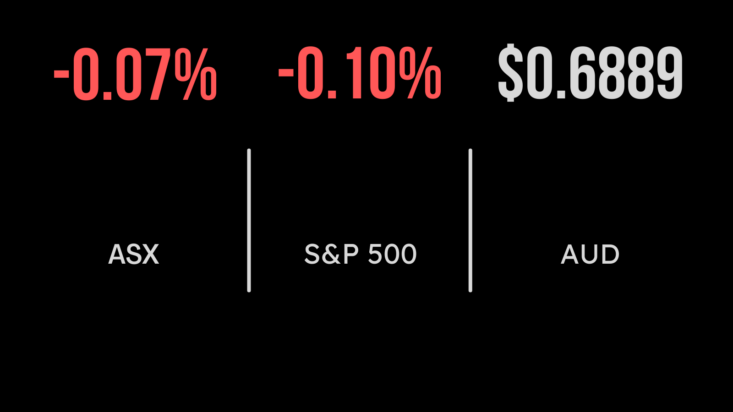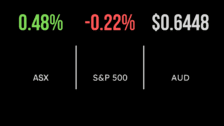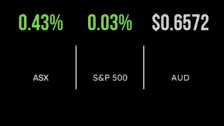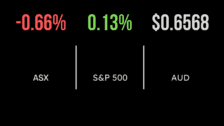Share market (ASX:XAO) bounces on bond yields, healthcare underperforms, BHP jumps
Falling inflation continued to drive the market higher on Friday with both the All Ordinaries (ASX:XAO) and S&P/ASX200 (ASX:XJO) gaining 0.8 per cent. The market was buoyed by a significant drop in bond yields, which benefited the technology and communication sectors, both adding 1.7 per cent, with Block (ASX:SQ2) gaining 5.2 per cent on the day. Healthcare was the rare lowlight, with CSL (ASX:CSL) dropped 1.3 per cent as investors moved back into more cyclical, rate sensitive businesses as interest rates fall. The materials sector continued to power ahead, with BHP (ASX:BHP) and Fortescue (ASX:FMG) both finishing more than 1 per cent higher, with the latter overcoming news that Andrew and Nicola Forrest were separating with concerns for the impact on the business. It was a positive week for the energy sector, with the oil price delivering a third straight week of gains, up 1.3 per cent over the five days on hopes of further supply cuts. Across the week the market gained 3.7 per cent, with the property sector among the standouts up 5.4 per cent on hopes that valuations may fall less than expected.
US markets snap four-day win streak, bank earnings remain resilient
The Dow Jones managed to outperform on the back of strength in the energy sector, gaining 0.3 per cent on Friday, while both the S&P500 and Nasdaq fell down 0.1 and 0.2 per cent respectively. With little in the way of economic data, the focus once again turned to earnings season with JP Morgan (NYSE:JPM) finishing slightly higher after reporting another solid quarter. Earnings increase by 60 per cent on the back of a 30 per cent increase in revenue, with a one-off revaluation of the bank’s acquisition of First Republic adding to the result. Despite this management continue to warn of growing uncertainty for the economy and the bank. It was a similar story for Wells Fargo (NYSE:WFC) with the company seeing a near 60 per cent improvement in earnings on the back of a 20 per cent increase in revenue, as higher interest rates afford gains in net interest margin. Across the week the Nasdaq led the way, finishing 3.3 per cent higher as inflation data continued to weaken, with the S&P500 gaining 2.4 and the Dow Jones 2.3 per cent.
RBA gets a new governor, bond yields continue to fall, retail battles continue
It was all about the Reserve Bank of Australia this week with the treasurer finally announcing that deputy governor Michele Bullock would be taking over for Philip Lowe as the end of his term nears. It wasn’t the most insightful pick, but naturally points towards a continuation of the status quo amid a period of change for the central bank. The further slowing of US inflation has put a rocket behind almost every part of the world, Australia included, which sent the 10 year bon yield from 4.2 to 3.9 per cent in a series of hours. This saw traders pile back into the property and technology sectors quickly as they position for a better than expected outcome from the aggressive hiking policy. Reports of a weakening retail sector were confirmed this week as KMD Brands, which owns Kathmandu, reported weaker than expected sales and was punished by the market as a result.











